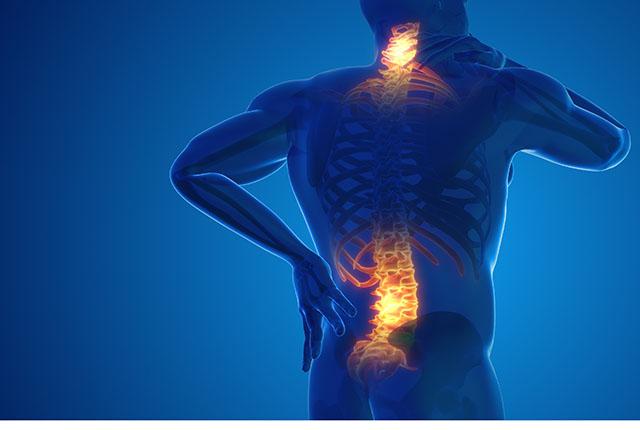
Chronic pain more prevalent than diabetes, depression
A study of national survey data from 2019-20 shows high prevalence of chronic pain and a high rate of the condition developing.Reported cases of chronic pain in the United States grew at a much faster rate than other persistent conditions from 2019 to 2020, according to a new analysis of survey data.
The study’s authors, including the University of Washington School of Medicine’s Dr. Gregory Terman, say their conclusions highlight the need to take pain management more seriously as a public health problem.
“What we see in this study is that chronic pain, lasting longer than three months, happens to an awful lot of people,” said Terman, a professor in the Department of Anesthesiology and Pain Medicine.
The paper appeared Tuesday in the Journal of the American Medical Association Network Open. A National Institutes of Health news release describes the findings.
The survey asked approximately 10,000 U.S. adults about their pain level in 2019 and again in 2020. Sixty percent of respondents who had chronic pain in 2019 were still experiencing it a year later. The investigators also found that 52 people per 1,000 respondents reported developing chronic pain during the study span.
“This unique survey allowed us to not only see the overall prevalence of chronic pain but also how frequently it develops," Terman said. "The fact that more than 50 out of 1,000 people developed chronic pain in 2019-20 should concern us, particularly when compared to the development of other chronic diseases such as depression, which develops in 16 out of 1,000 people.”
For scale, only about seven people in 1,000 experience new cases of diabetes year to year. It’s estimated that 37 million people live with diabetes. If you extrapolate the results, Terman said, about 20% of Americans — more than 75 million people — live with chronic pain.
Terman and colleagues also identified factors that appeared to contribute to the development of chronic pain. For instance, people who said they experienced nonchronic pain in 2019 were more than twice as likely to report chronic pain in 2020, "suggesting the importance of treating pain before it becomes chronic,” he said.
Adults over age 50 also were more likely to develop chronic pain, as were people without a college degree. Sex, race and ethnicity appeared to have no bearing on the development of chronic pain, although people with Asian and Mexican ancestry appeared most likely to recover from it.
Terman said one bright spot was that 10% of respondents who reported chronic pain in 2019 noted they were no longer in chronic pain the next year. The reasons for these improvements were not determined in the study.
The findings, Terman said, point to an acute need for new therapeutics.
“So far most of the medications that we have to treat chronic pain are very old, have limited demonstrated effectiveness and can have dangerous side effects,” he said.
Study co-investigators represent the National Center for Complementary and Integrative Health, part of the National Institutes of Health, and Seattle Children’s Research Institute.
Written by Chris Talbott - talbottc@uw.edu, 206-543-7129
For details about UW Medicine, please visit https://uwmedicine.org/about.
Tags:painchronic disease
